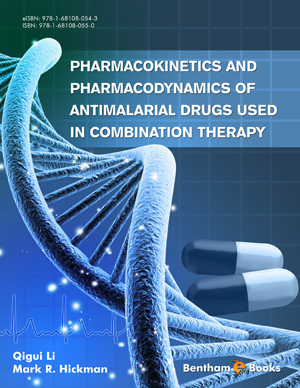Abstract
The safety profiles of CTs and ACTs are a composite of the safety profiles of the partner drugs in combination. Overall, safety concerns of antimalarial combination therapies leading to serious adverse effects are focused on three known problem areas for these drugs: neurotoxicity, embryotoxicity, and cardiotoxicity. While neurotoxicity induced by artemisinin compounds in animal models has been thoroughly described in the literature, the current clinical treatment for ACTs for a 3-day period is likely too short a time for artemisinin drug exposure to induce neurotoxicity in man. Cardiotoxicity induced by antimalarial drugs such as halofantrine has been shown to result in serious adverse events when dosed to certain subpopulations of patients. Other antimalarial drugs of the quinoline class such as chloroquine and piperaquine have been shown to prolong the QT interval of treated patients, which does focus the attention of both medicinal chemists in early drug development and clinicians testing antimalarial drugs in the field. Early assessment of the potential for cardiotoxicity using hERG testing is an essential element in creating a drug that does not have overt potential for cardiotoxicity. While embryotoxicity induced by artemisinin compounds has been noted in various animal models, the period of concern is primarily in the first trimester where ACT administration to pregnant women has been contraindicated. The PK/PD data from pre-clinical studies has been very useful in establishing treatment parameters for artemisinin drugs to avoid potential embryotoxicity in man. A review of the literature on this subject will be provided in this chapter to assess the limitations of CTs and ACTs therapy to avoid triggering serious adverse events associated with neurotoxicity, cardiotoxicity, and embryotoxicity.
Keywords: Adverse effects, animals, artemether-lumefantrine, artemisinins, cardiotoxicity, embryotoxicity, halofantrine, neurotoxicity, pregnant women.






















